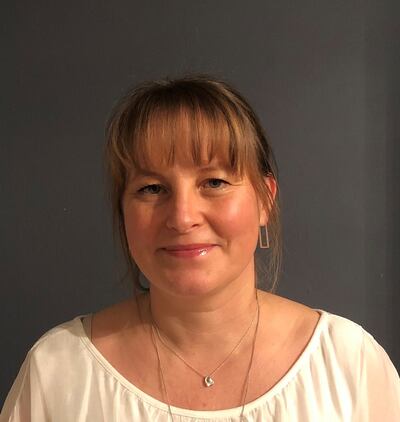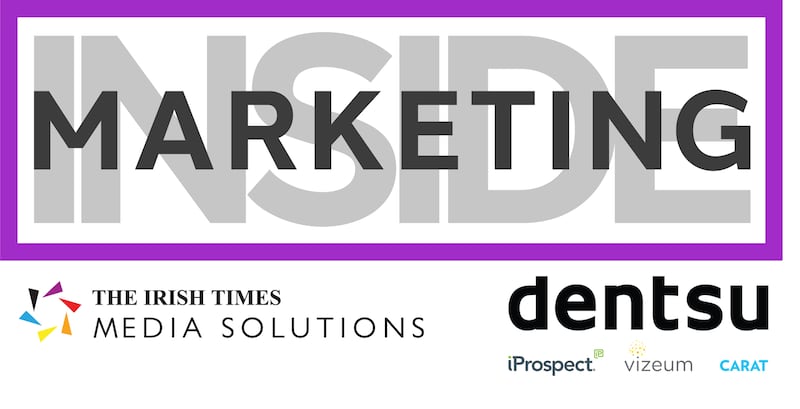A year into lockdown, I found myself remembering the heady days pre-Covid-19, when the great and good gathered to celebrate the rising stars and the best and brightest campaigns of the previous year.
They were glamorous affairs, with fine food and wine and the opportunity for some networking when you could actually talk to people, in person.
As you cast an eye over the running order, it would not be unusual to see the awards for best use of media, best collaboration between agency and media owner and, let’s not forget, best innovation. “Best innovation,” I would sigh in frustration , “don’t get me started”.
But, since we’re here . . .
For many years we have been disproportionately focused on “innovation”. For many of my award-writing years practically every category seemed to allocate an astonishing 25 per cent of the marks purely to innovation.
I’m not saying encouraging new thinking or ideas is bad. We should push boundaries and push ourselves to think differently and more creatively.
On this week's Inside Marketing podcast Maxine Hands, general manager at Vizeum Ireland, joins us to look at media planning and question whether the plethora of new metrics developed in the last decade have been a help or a hindrance. Listen now:
If what was meant by being innovative was, “how have you pushed your thinking and challenged the norms?”, or “what have we done to make the activity even more effective at delivering results?”, I’d be happy.
The media industry is finally moving away from a focus on innovation for innovation's sake
But such a heavy focus on pure innovation has detracted from some fundamental principles of media planning: reaching the right people, at the right time, in the most cost-efficient way. Too often innovative ideas, as presented in awards papers, did little for the brand and rarely rippled outside the industry echo-chamber. I am delighted to see signs that the media industry is finally moving away from a focus on innovation for innovation’s sake.
What I find exciting is an apparent shift back to a celebration of the rigour of planning, making sure we have strategies aligned to business ambition; harnessing consumer connections and building implementation ideas that ensure everything is clearly connected and working symbiotically.
This is not something new (or innovative), it is a return to times when brilliant planning was highly valued and was a real craft. The recent training session on the Effies and its published guidance on writing submission papers which connect all the dots is music to my ears.
Its entry kit highlights the need to showcase, “an in-depth understanding of the challenge, context, and objectives; the insight, the strategy and strategic big idea linked to the challenge; and bringing the idea to life in a way that drives measurable and meaningful results for the brand, organisation, and business”.
Great media planning shouldn’t only look forward to opportunities that new tech and new media platforms offer, nor should it overvalue media partner content partnerships – it should bring the strength of experience with it.
We shouldn’t forget the basics. I hope for most readers that I’m preaching to the converted. More often than not there is a desire to jump to the ideas bit of media, and so too often the fundamentals are overlooked or taken for granted.
Brilliant media planning encompasses so many things, including questioning the brief and challenging the assumptions to understand the growth target and how media will work to deliver the growth. Setting appropriate budget investment levels and interrogating the audience, understanding their behaviours and attitudes to unearth valuable insights.
Rigorous channel planning must be done to understand the role for each channel and how it delivers on our strategy. Detailed channel execution, drilling into each channel, identifying the details and tactics to make it as effective as possible, not just which title, station or site, but a granularity that enriches the plan and effectiveness. For example, discovering how much attention is paid to the right TV programmes.
We also need to identify relevant KPIs to understand how we will measure success in the longer term.
Over the last few decades media has become more complex. More channels, more creative executions delivering more personalised messages to smaller segments, more formats, more data to measure and even more opportunities to connect and engage with consumers.
This is despite adblocking, new iOS 14 rules and the future loss of third-party cookies. As a result, our time is stretched as we try to wade through complexity to identify that simple insight to unlock maximum impact and results for clients. We need to be more focused on identifying the core facts that will impact on our results.
What’s also noticeable is that the “magic” on a plan – those short-term elements such as partnerships and innovative executional ideas (yes, I recognise innovation is important when implemented and executed as part of a robust plan) can take up a disproportionate amount of time, diverting focus from the granularity of brilliant media planning.
We can become distracted measuring things that don’t matter. Strategy is making the most of limited resources, and while budget is one such resource, arguably time is in shorter supply. We need to ensure our time is spent reporting and analysing the right metrics.
Great planning requires:
- Time: Briefs are sometimes given with only a matter of days to respond. Robust media planning requires adequate time.
- A balance of craft and science (expertise and data): Have confidence in the skills and experience of the planners, their knowledge builds on the data and insights our tools can provide.
- Harnessing the power of our planning tools: Bring them to life to help optimise media planning.
- Ensuring we always have a red thread: This takes you back to the business goals and clarifies how and why you're doing everything. Make sure there is a continual focus on connectivity.
- Stepping back to look for those little extras that will deliver magic: Innovation still plays a role, but it needs to be attributable and additive rather than just because it's new.
- Thinking about delivery and performance: Plans should always be grounded in what they will achieve, not just the number of clicks or eyeballs.
- Increased focus on learnings and insights: To feed into the next activity.

Life is moving at a faster pace, expectations are high, and patience is low, we live in a time where “failing fast” is an accepted mantra, we want to start “doing” as soon as possible.
Stock prices move in real time, digital campaigns move in real time and we make decisions in real time but is that the best way to make decisions? I have a feeling we’re in danger of becoming misdirected by short-termism.
I am hopeful that it won’t be long before awards ceremonies resume their pre-Covid-19 format. Wouldn’t it be refreshing – even innovative – if, as you cast an eye over the evening’s programme, you saw an award for Best Craft in Planning?
Maxine Hands is general manager at Vizeum Ireland
For more information, visit irishtimes.com/insidemarketing.












